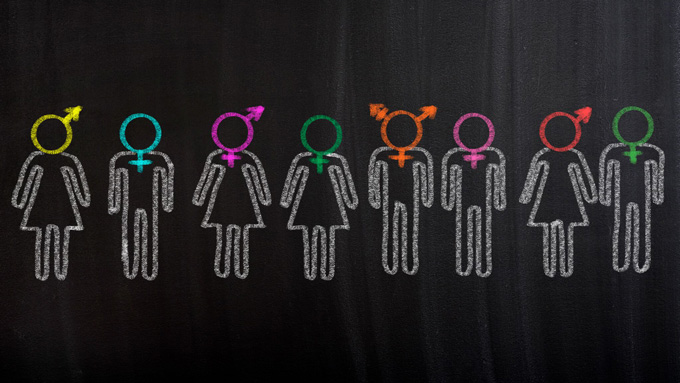
Photo: mario61/iStock
Trans inclusion guidance for museums is high risk
Earlier this month, the University of Leicester published guidance on trans-inclusive practice for museums. Denise Fahmy and Audrey Ludwig say it is, at best, misleading and may be discriminatory.
Is it possible to nurture a favourite without potentially disadvantaging the less favoured?
Not according to us – and particularly to Audrey – an experienced discrimination solicitor with an interest in the arts. She recently tweeted: “If an organisation’s response to a widespread equality conflict of rights argument is to organisationally take sides, it is legally very foolish." She was referring to the University of Leicester’s recent publication, Trans-Inclusive Culture.*
The guidance, by the Research Centre for Museums and Galleries (RCMG), responds to recent case law that means “gender critical beliefs [broadly speaking, the belief that sex is biologically determined, binary and immutable] – alongside other beliefs – are now protected under the Equality Act”. It presents “an ethical framework to support cultural organisations … advance trans inclusion”.
The guidance is endorsed by the National Heritage Lottery Fund and backed by the Museums Association among others. There can be no doubt it will be influential, or that there is indeed, as RCMG co-director Richard Sandell notes, "uncertainty and anxiety" among cultural organisations on the issue.
Framework is hostile to gender critical people
So, does the guidance give the sector a failsafe ethical framework? In short, no. Museums would be wise to give it a wide berth. It is highly flawed because it is very unbalanced. The basis of the Equality Act is parity of esteem; there is no favourite protected characteristic or hierarchy of rights.
Yet the guidance does not accord gender critical people the same respect as those who believe in gender identity. It repeatedly treats gender critical people as ‘scenarios’ to be managed.
It would not be unreasonable for gender critical staff or visitors to feel the framework is hostile towards them and that, in itself, could form the basis of a discrimination claim.
This was perhaps inevitable as gender critical organisations were not consulted on the guidance. What a missed opportunity. Loaded and potentially discriminatory statements such as: “Outspoken objections to trans content frequently intersect with homophobia, misogyny and racism” could have been avoided.
Just 6% want gender neutral toilets
Then there’s the toilet advice. The guidance states that “all… are free to use the facilities that they feel most comfortable using; to insist that a trans person uses a particular bathroom may be unlawful discrimination”.
This is where rights conflict. To allow or encourage trans women to use women’s single sex toilets may be unlawful discrimination against others on the grounds of sex or beliefs. The guidance refers to Health and Safety Executive workplace requirements, but then confuses the issue by stating anyone can self-identify to use any facility.
The best way forward is to provide women’s, men’s and all gender toilets which reflects what most people want. A YouGov poll in August showed 90% of people want separate toilets for men and women. Just 6% want gender neutral toilets only. So museum audiences could argue they have been discriminated against. But why make your audiences uncomfortable in the first place?
Outdated guidance
Most worryingly, the guidance is out of date, referring to a judgement later overturned at an Employment Appeal Tribunal (EAT). This should have been avoided, given the guidance was published in early September, after the EAT judgement in mid-June.
The lessons from the judgement (Higgs v 1) Farmor’s School and 2) Archbishop’s Council of Church of England), investigated by Monica Kurnatowska, are particularly pertinent to one scenario outlined in the guidance which considers whether a staff member can be asked “not to share their gender critical views”.
The Higgs Test, ignored by the RCMG authors, sets out a series of principles to assess the proportionality of interfering with a person’s rights to freedom of religion, belief and expression. The freedom to manifest belief are essential rights in any democracy, whether or not the belief is popular, and even if its expression may offend.
The Higgs EAT establishes freedom of expression as a foundational principle. While the guidance does not explicitly advise restricting freedom of speech, its tone is misleading, and not referring to the bar set by Higgs seems gravely misguided. Surely freedom of expression is fundamental to the arts?
Trans Inclusive Culture does not provide the sound advice it purports. It could even expose museums to legal challenge. Ethical frameworks are valuable only if they are intellectually honest, and that requires discussion – even with those with whom you disagree.
Denise Fahmy is a former Relationship Manager at Arts Council England.
Audrey Ludwig is a specialist Discrimination Law Solicitor.
* The Research Centre for Museums and Galleries has issued a statement rebutting these claims.
Join the Discussion
You must be logged in to post a comment.